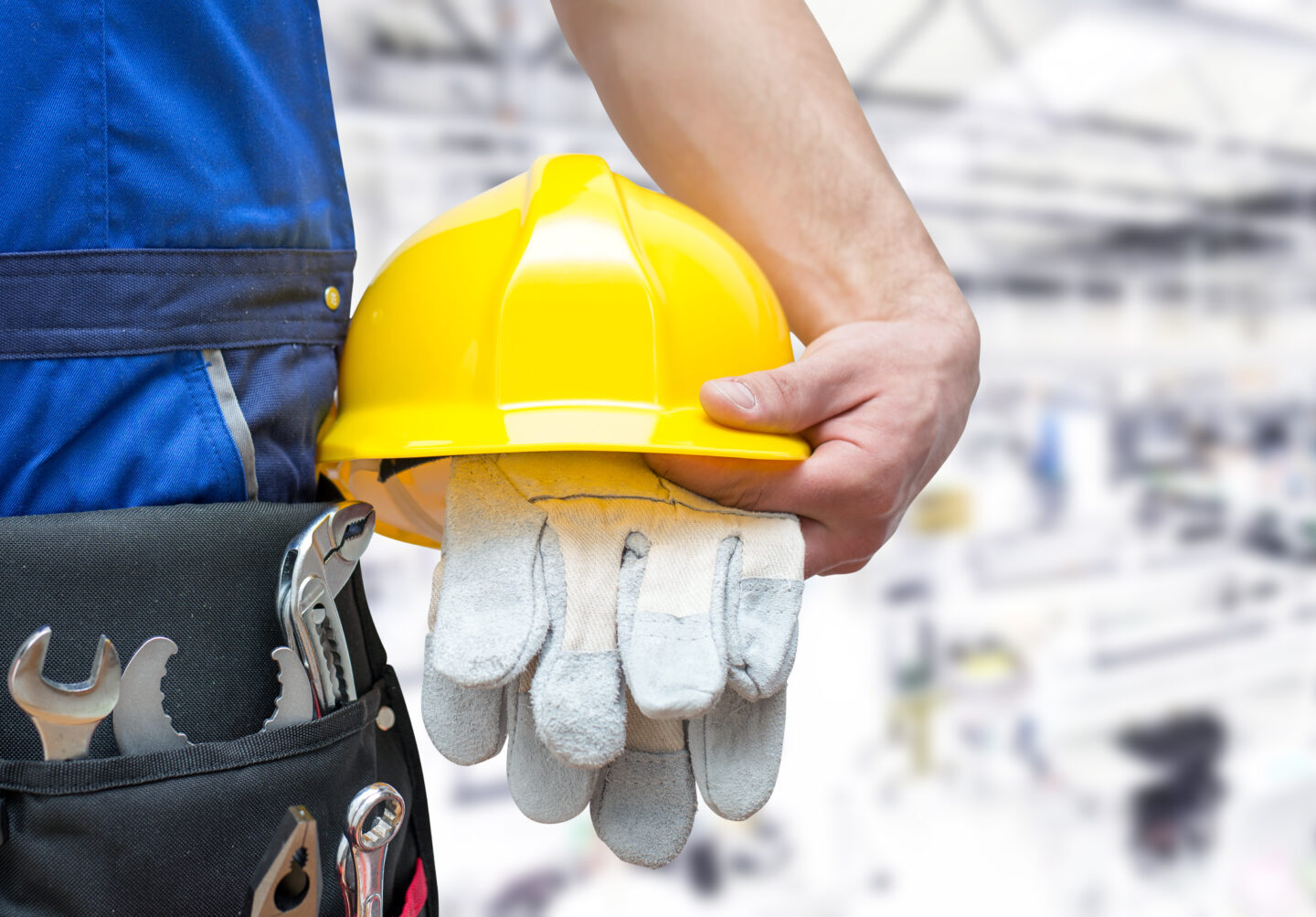Celebrating American Manufacturing
While many parts of the U.S. are struggling due to the pandemic, the manufacturing sector has remained steadfast. Firms have adapted to the ‘new normal’ by expanding their existing safety programs to encompass best practices to limit risk. The use of masks, social distancing, checking employee temperatures and other methods have become commonplace.
As these challenges are being overcome, a major one that existed prior to the pandemic still persists – the number of people interested in working in the manufacturing industry. This is partly due to the negative perception many young people have of manufacturing jobs. In an article by Rockwell Automation’s Keith Nosbusch and John Bernaden the authors discussed a 2009 Manufacturing Summit in which they concluded: “What we have, the leaders agreed, is not a manufacturing problem; it’s a public relations problem. And that presents an opportunity, because image problems can be solved more readily than fundamental manufacturing problems.”
Creating a New Perception
One of the best ways to overcome such image problems is through the annual Manufacturing Day, held the first Friday in October. This event, which started in 2012 in Rockford, Illinois, was envisioned as a way to educate students, teachers, community leaders, legislators and other stakeholders about modern manufacturing. Over time this event has grown to include companies of all sizes, from small job-shops to Fortune 500 firms. What started as one day has even expanded into an entire month of celebrating manufacturing. These companies open their doors to provide tours of their manufacturing operations and share information about careers in the industry. Now managed by the National Association of Manufacturers (NAM), Manufacturing Day has expanded to encompass events all over the United States. Last year, Manufacturing Day had about 325,000 students, teachers, and parents who participated in roughly 3,000 different events.
This year Manufacturing Day was held as a virtual event due to the pandemic but it’s purpose and focus were still the same – to showcase the many possibilities and opportunities manufacturing holds.
Finding the Right People
A key to increasing the GDP of the manufacturing sector is to grow the number of U.S. workers with the right combination of knowledge, skills and abilities (KSAs) to be competitive in the 21st century. Increasingly, the KSAs for individuals working in manufacturing involve some combination of mathematics, computer programming, robotics, statistics, reliability, quality and other technology focused areas. Many manufacturing jobs are STEM jobs, involving science, technology, engineering and math. To put it differently, everyone working in manufacturing – not just managers, engineers and technicians – is considered a knowledgeable worker.
Many TMAC customers tell us their biggest challenge is finding workers who can do the job. To use an analogy from lean, the biggest bottleneck for most manufacturers is not in operations – it is the human resources department. Without the right people, every manufacturing firm is limited in its ability to serve its customers. Developing a robust and active process for recruiting and retaining talented workers is key to ongoing success, which re-enforces the importance of Manufacturing Day.
The Future of Manufacturing Day
Plans are already underway for a return to in-person events in 2021. If you are a manufacturer interested in participating in Manufacturing Day by showing off your operations or if you’d like to attend next year’s event with a friend, educator, or family member considering a career in manufacturing, please let us know. You can also visit the Creators Wanted website to learn more.


